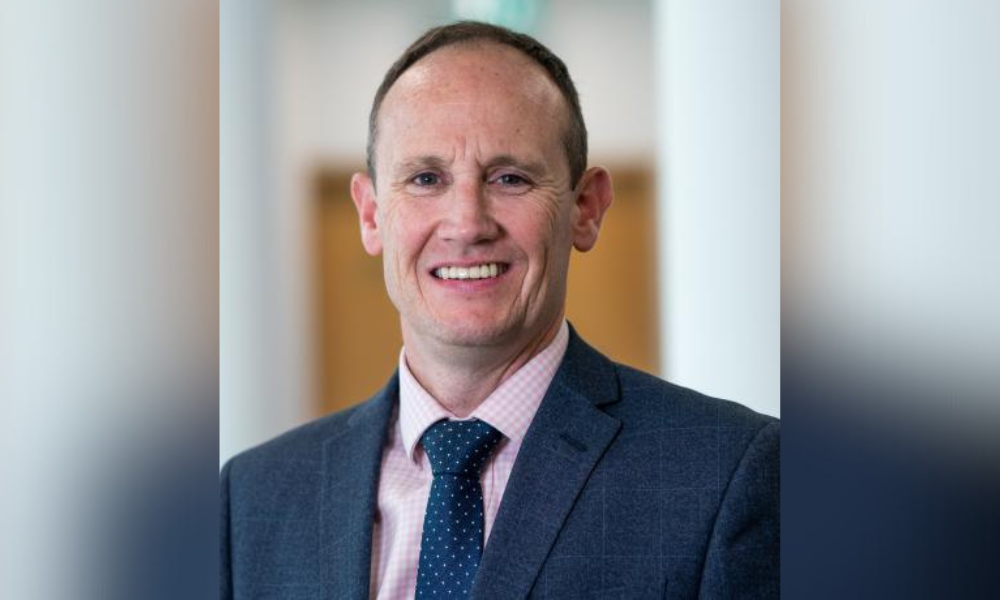Borrowers' sources of income may not fit lenders 'outdated' criteria, it's suggested

The mortgage sector must take a broader, more adaptable approach to current trends and embrace the diversity of underserved customers, suggests Saffron for Intermediaries’ Tony Hall.
Hall (pictured) who is head of business development for lender Saffron, identifies how a tumultuous period for the UK economy has shaken up the way in which borrowers earn.
“The last few years have really put the economy through a series of challenges, with a pandemic, cost-of-living crisis, and major ramp-up of interest rates causing significant volatility,” he said.
“These turbulent conditions have caused a shift in how people earn their money and how they choose to live - some have turned to various self-employed jobs to supplement their income, while others have revised their homeownership goals. The new diversity of income sources presents challenges to the lending industry, which can be slow to adapt to new approaches.”
Hall told Mortgage Introducer: “The industry, still predominantly fixated on traditional borrowers, must broaden its scope, adapt to these modern trends and cater to the diverse profiles of more and more underserved customers.
“There are millions of borrowers out there with specific mortgage requirements and forms of income that, while not unusual in the modern age, don’t easily fit into the relatively few and arguably outdated categories that mortgage lenders typically favour. It is these borrowers who are likely to come unstuck when applying for a mortgage and trying to access the most competitive deals.”
Are more complex mortgage cases higher risk?
Hall pointed to the increasing numbers of self-employed borrowers struggling in the market, as well as those with multiple income streams, or individuals who want to build their own home. One of the most common misconceptions is that these individuals represent a higher risk to lenders, he said.
“However, whilst these kinds of cases may be more complex to assess, they are not necessarily higher risk,” reasoned Hall. “A thorough assessment of the borrower's situation can often show ways to facilitate lending; third party support is real and reliable, and if a borrower wants to repay a bigger loan, they may be perfectly able to do so.”
Someone who is freelance, with no permanent employment but a number of sources of regular income, might struggle to find a lender that is willing to hear their case, let alone offer a suitable product, Hall suggested, despite being financially secure, with a solid credit history and the capacity to keep up with repayments.
He also highlighted the challenge of someone who recently moved home after living abroad.
“Smart Advice Financial Solutions recently worked with the Saffron team to secure a self-employed mortgage for a client who had just repatriated to the UK after living overseas,” Hall shared, “This client’s recent re-location left them with only two years of business accounts and a low credit score.
“Their earnings for 2021 were also significantly reduced due to them taking some time off work for health reasons. Despite being rejected by another lender at the last stages of her application, the client managed to find a deal that worked for both her and Saffron. This is because, instead of immediately rejecting the case like other lenders, Saffron adapted to the customer’s needs and showed more flexible criteria than what is traditionally available.”
Dealing with complex cases, Hall believes, requires lenders to be flexible and find innovative solutions to assess the risk of lending to underserved borrowers. Such a focus would not only benefit modern-day customers, in his view, but also lenders themselves, with the opportunity to access a relatively untapped pool of customers.
READ MORE: Saffron cuts rates across product range
How can the industry cater to underserved borrowers?
Hall is clear about the way in which the mortgage sector can better meet the needs of those who don’t perfectly meet standard lending criteria.
“We believe the focus must be on building a comprehensive understanding of the needs of every customer, and tailoring a solution to match,” he declared. “Here, the role of intermediaries becomes crucial. Lenders must actively listen to brokers to understand client requirements, moving from a focus on problems to offering solutions.
“These responses should be tailored on a case-by-case basis, with flexible criteria that can be adjusted to accommodate a wider range of borrowers. Only then will the sector truly be ready to meet the needs of today’s borrowers.”



